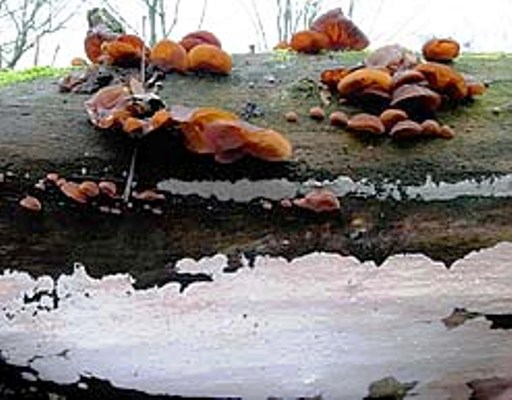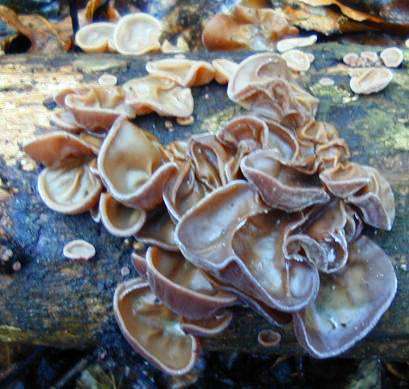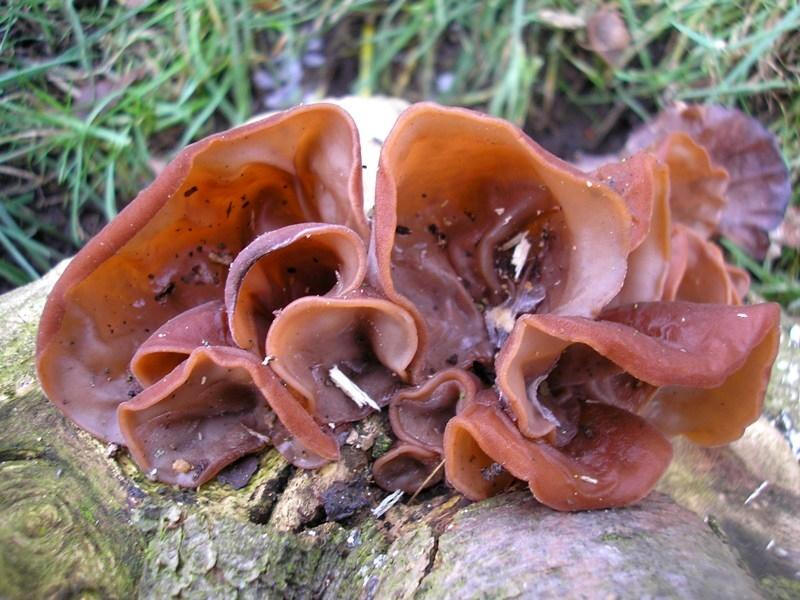Habitat
Now that you have learned about the classification of the Auricularia auricula-judae fungi, you can read about what are the different habitats and ecosystems of these organisms. Also, you will learn about what regions these organisms can be found which include the United Stated, Asia, Europe, and Australia.
©Angelos Papadimitriou from alphagamma.150m.com
If you clicked on the regions link, you were able to see the different places that this fungus can be found world-wide. Aside from that, they are known to grown in temperate climates and seen in North American forests on dead hardwood trees. It is primarily seen on Balsam Fir but also on deciduous trees such as the elder (D'auteur, 2009.) Furthermore, even though it grows wild in the forest, it is known to be grown in Asia with having more than hundred thousand tons each year (McIntosh, 2009.) It is found particularly near creeks and streams. There it would be closely associated with all the organisms that make that area their home.
©D.Humphries/arbtalk.com
Another region where they have become popular is in the Philippines. They grow very well and are abundant in the forest of this region, allowing it to be part of their Filipino cuisine just like it is in China (National Museum, 2007.)
©Flick.com/ Creative common license
There are many regions where this fungus can be found. Extensive records have been obtained through countless research done to locate and determine the main areas for growth of this and many other similar species. However, since they are mostly found on trees and use them as food, you can learn more about that in the nutrition section.
However, before we go there, lets find out about how these fungi have certain adaptations to facilitate their consumption of nutrients.
Go back to the Home page.
 Auricularia
auricula-judae
Auricularia
auricula-judae 

